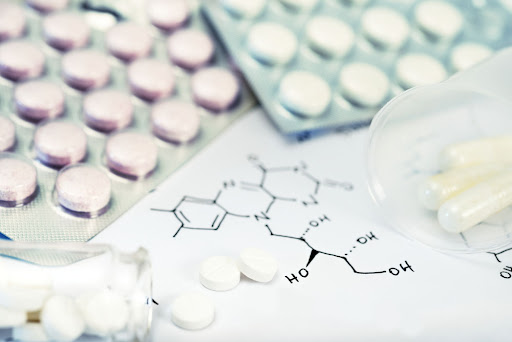What types of formulations can be made?
Capsules, creams, ointments, gels, troches, suppositories, solutions, suspensions, syrups, sublingual tablets/drops are all examples of non-sterile products. Any product used for injection or inhalation are examples of sterile formulations.
What types of illnesses can compounded medications help treat?
Contemporary compounding has been providing solutions to help with many areas including, but not limited to: Chronic Pain Management, Hormone Replacement Therapy, Pediatric, Veterinary and more.
